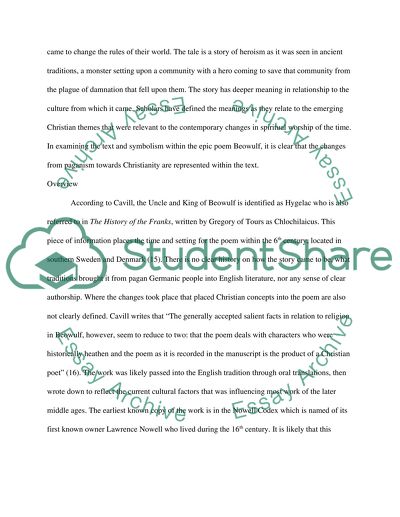Cite this document
(“Beowulf Research Paper Example | Topics and Well Written Essays - 2250 words”, n.d.)
Retrieved from https://studentshare.org/literature/1456881-christianity-in-beowulf
Retrieved from https://studentshare.org/literature/1456881-christianity-in-beowulf
(Beowulf Research Paper Example | Topics and Well Written Essays - 2250 Words)
https://studentshare.org/literature/1456881-christianity-in-beowulf.
https://studentshare.org/literature/1456881-christianity-in-beowulf.
“Beowulf Research Paper Example | Topics and Well Written Essays - 2250 Words”, n.d. https://studentshare.org/literature/1456881-christianity-in-beowulf.


